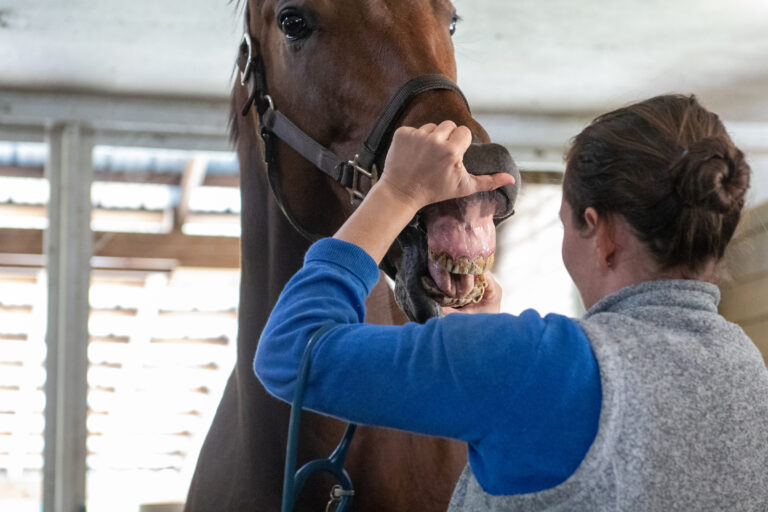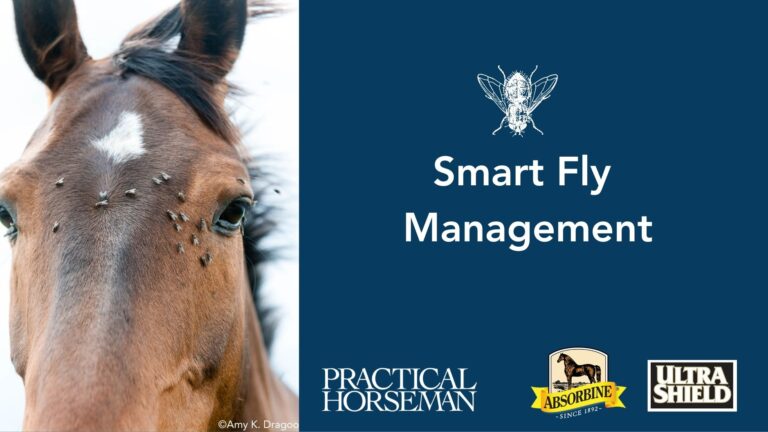
Test-tube foals born from frozen embryos are no longer the latest news in equine reproduction. Not since a team at Ghent University in Belgium—led by professor Ann Van Soom, Nerea Ortiz Escribano, PhD, and Katrien Smits, DVM, PhD—welcomed VICSI, the world’s first foal born from a frozen, immature oocyte (egg).
“Previously, foals have been born from frozen oocytes,” Dr. Smits says. “But those were partially matured in the mare. So, it is the combination of freezing an immature oocyte and total in vitro production of the equine embryo after warming of the oocyte which is novel.”
Specifically, the Belgian team used two techniques, which also were combined to form the colt’s name. One was vitrification, a method of cryopreservation (freezing) that rapidly cools the oocyte in such a way that ice crystals, which can damage the oocyte, aren’t formed. Instead, the oocyte freezes into a glass-like structure.
Second, the researchers used intracytoplasmic sperm injection to directly insert sperm into the mare’s egg. This technique increases the probability of fertilization—even when the sperm is lower quality or in limited supply.
For the study, the researchers collected immature eggs, vitrified them and stored them in liquid nitrogen for one week. The eggs were then rapidly warmed and matured for nine days in an incubator. They were then fertilized by ICSI and cultured in the incubator for another nine days.
“Out of 179 vitrified oocytes, five embryos developed,” says Dr. Smits. “They were all transferred to recipient mares, resulting in two pregnancies. A first pregnancy was lost around 20 days. The other resulted in the birth of the foal.”
Despite the successful birth, the research team acknowledges that the technique isn’t yet ready for practical mainstream use. “With vitrified oocytes, the chance to get a foal is more than 10 times lower than with fresh oocytes,” says Dr. Smits. “Therefore, more research is needed to optimize the results prior to application.”
But the eventual results could be worthwhile. The vitrification of immature oocytes would allow genetic material to be transported to laboratories that otherwise wouldn’t have easy access to it. It could even give breeders more flexibility since they could postpone the decision on choosing a stallion, for example, until more information is available on the results in sports competitions, says Dr. Smits. “Finally, vitrification of immature oocytes can also provide the opportunity to conserve female genetics for gene-banking of endangered breeds or species.”
This article was originally published in the January 2018 issue of Practical Horseman.











